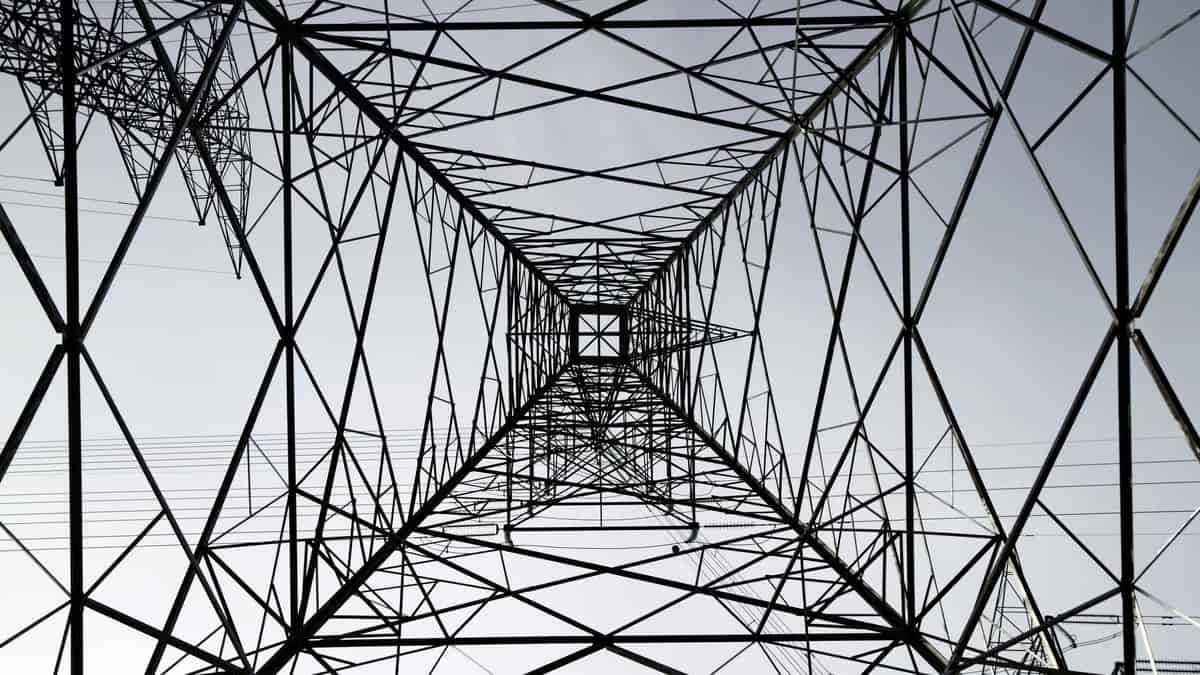On Friday morning, the Biden-Harris Administration declared $13 billion in funding from the Bipartisan Infrastructure Program to upgrade the US power grid. It will be distributed by the US Department of Energy (DOE), according to Electrek.
Funding purpose
White House senior adviser and infrastructure coordinator Mitch Landrieu told reporters:
“The funding we’re announcing today will help us build new transmission lines and expand the capacity of our power grid so that it can endure these natural disasters and meet the need of our booming clean energy economy.”
Notably, the Bipartisan Infrastructure Law provides funding for the Grid Resilience Innovative Partnership (GRIP) initiative and the Transmission Facilitation Program (TFP). The funds will be split into $2.5 billion through the TFP and $10.5 billion in competitive grants.
The two projects collectively amount to the biggest single direct federal investment in vital transmission and distribution infrastructure. Additionally, it represents one of the initial down payments on a $20 billion investment made as part of the Building a Better Grid Initiative under the Biden administration.
Targets
The DOE claims that by 2030, the US will need to increase its electrical transmission networks by 60%. By 2050, it might even be necessary to triple the existing capacity to adhere to the following:
• handle the quickly expanding renewable energy supply
• keep up with the rising demand for electricity for EVs and electric home heating
• lessen the number of power outages brought on by extreme weather related to climate change.
“Experts estimate that we need to triple the capacity of our electrical vehicle transmission system by 2050 to meet the demand of electric vehicles, wind, solar and more,” Landrieu said. “This is a critical step to doing exactly that.”
US Secretary of Energy Jennifer M. Granholm also added:
“With nearly 70% of the nation’s grid more than 25 years old, the President’s agenda is making historic investments that will strengthen the nation’s transmission grid to drive down energy costs, generate good-paying jobs, and help keep the lights on during extreme weather events.”

